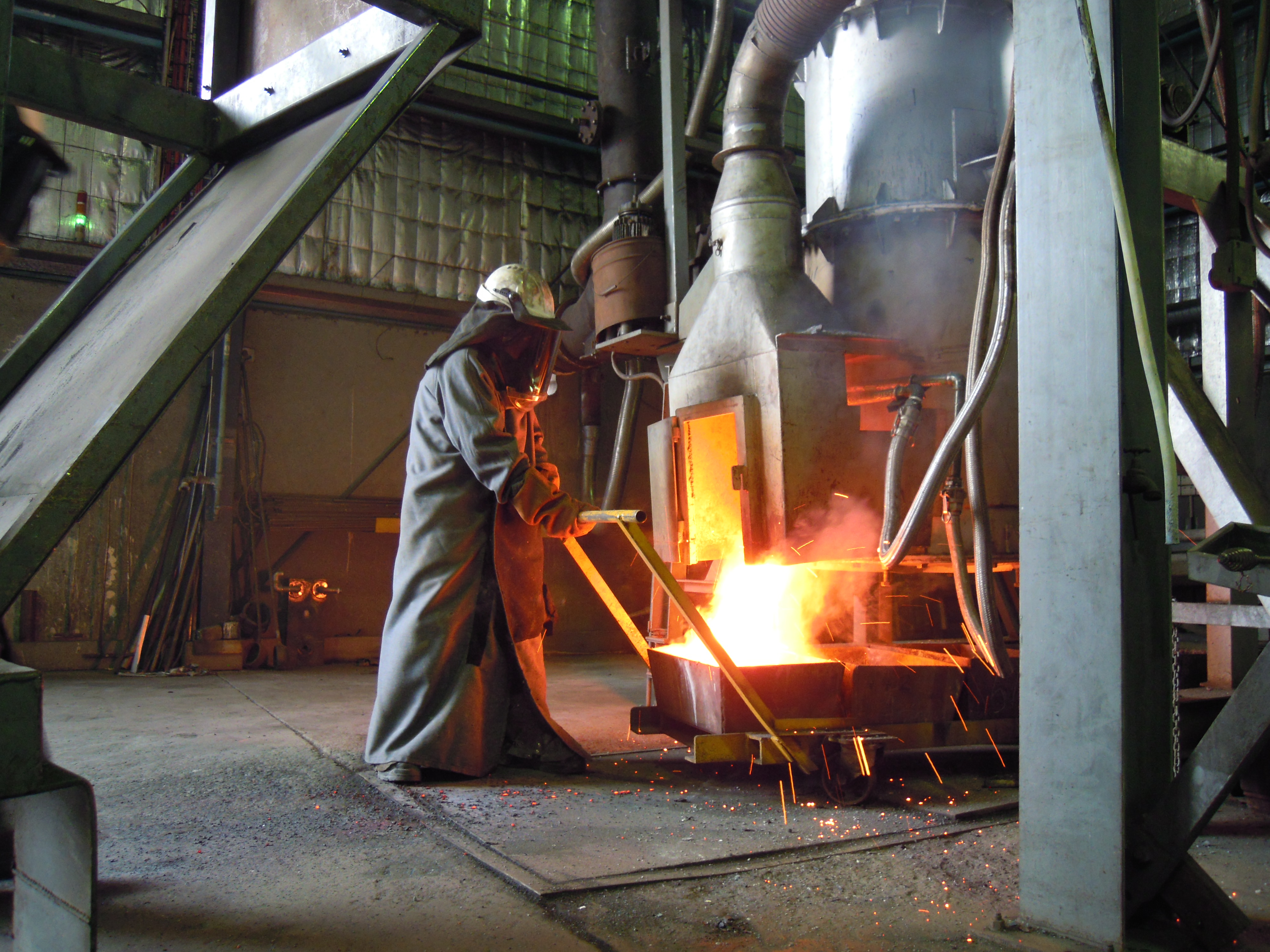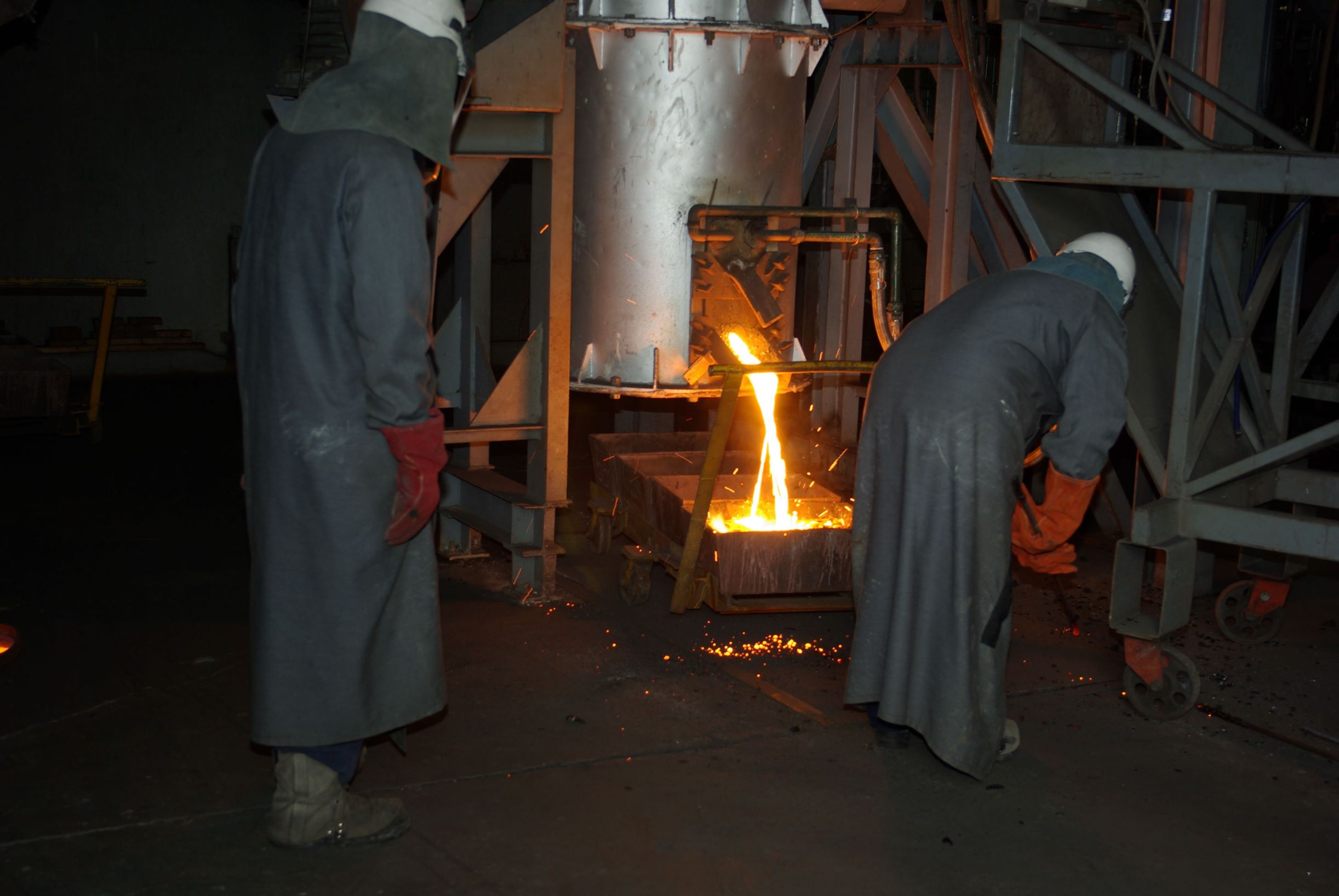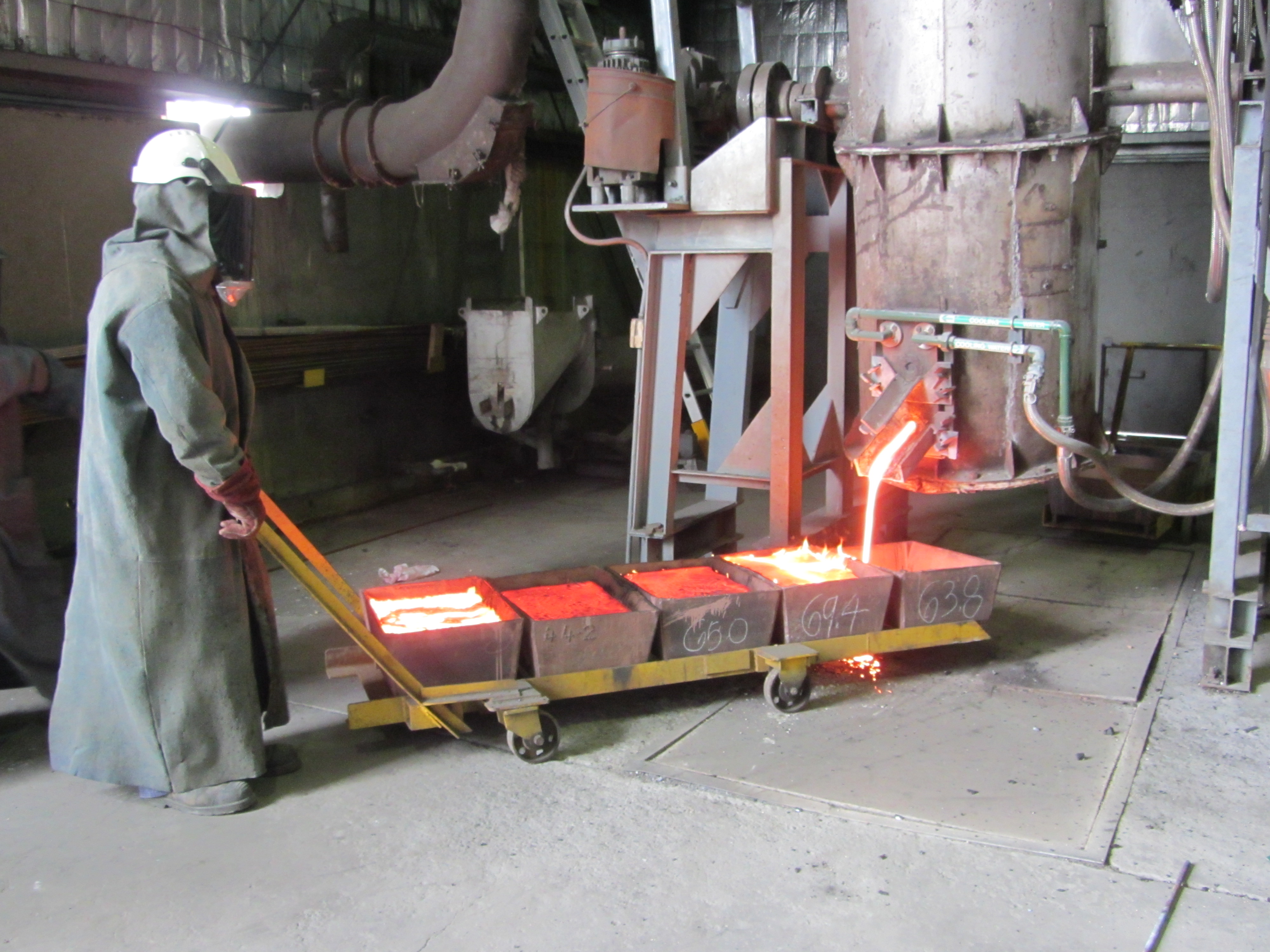Diverse testing capabilities
Metso’s upgraded Ausmelt TSL pilot test work facility offers a comprehensive platform to explore the behavior and efficiency of gaseous hydrogen across a diverse range of process applications. It not only facilitates the investigation of hydrogen as a fuel and reductant but also contributes to furthering research and development for the decarbonization of pyrometallurgical processing.
“Whether it’s nickel smelting, copper smelting, tin fuming or even zinc fuming, the plant has the capacity to explore a variety of processes and recovery methods for different metals,” says David.
“With Ausmelt, the flexibility has always been a major benefit, and this upgrade enables that even more,” says Alexander. “For example, we have a customer who initially implemented the Ausmelt TSL process for tin smelting, then when they saw the benefits of the technology, they bought technology licenses, designs, and equipment for a lead smelting project and subsequently a copper smelting project. This is an example of the technology’s proven versatility and functionality.”
It is no secret that decarbonization is at the forefront of discussion within the smelting industry. With a strong R&D and innovation power, Metso is continuously looking for new ways to introduce innovations for our customers’ benefit. Aligned with these values, the testing conducted in the plant will also play a crucial role in future education relating to the safe storage, distribution, and combustion of hydrogen in direct-fire applications.
“This upgrade gives us a competitive edge to our technology,” says Alexander. “Traditionally, Ausmelt TSL technology would use fossil fuels such as natural gas, coal, diesel, etc – but now, we have an environmental advantage over other technologies by allowing the use of hydrogen.”
The future looks promising as Metso gears up for the implementation stage, already attracting interest from customers eager to engage in exploring hydrogen’s applicability in the smelting industry. With regulatory approvals received and the technology ready to go, the team is equipped to begin the test work and steer non-ferrous smelting applications in the right direction, towards improved environmental efficiency.
Getting it done – together
The journey from ideation to deployment was a team effort, involving Metso personnel from multiple disciplines across electrical, process control, project management, and more.
“I'm really interested in seeing how hydrogen works in this application,” says David. “The entire process was done safely, effectively and efficiently – and now we are ready to put it to the test.”
The journey to integrate hydrogen into smelting processes not only marks a technological leap but symbolizes Metso's commitment to sustainability, innovation, and collaborative progress. With commercial partners secured to do joint test work at Melbourne’s pilot plant facility, this is already a pioneering step for an industry-wide shift towards greener, more efficient metallurgical processes. That’s why, together, we are the partner for positive change.



